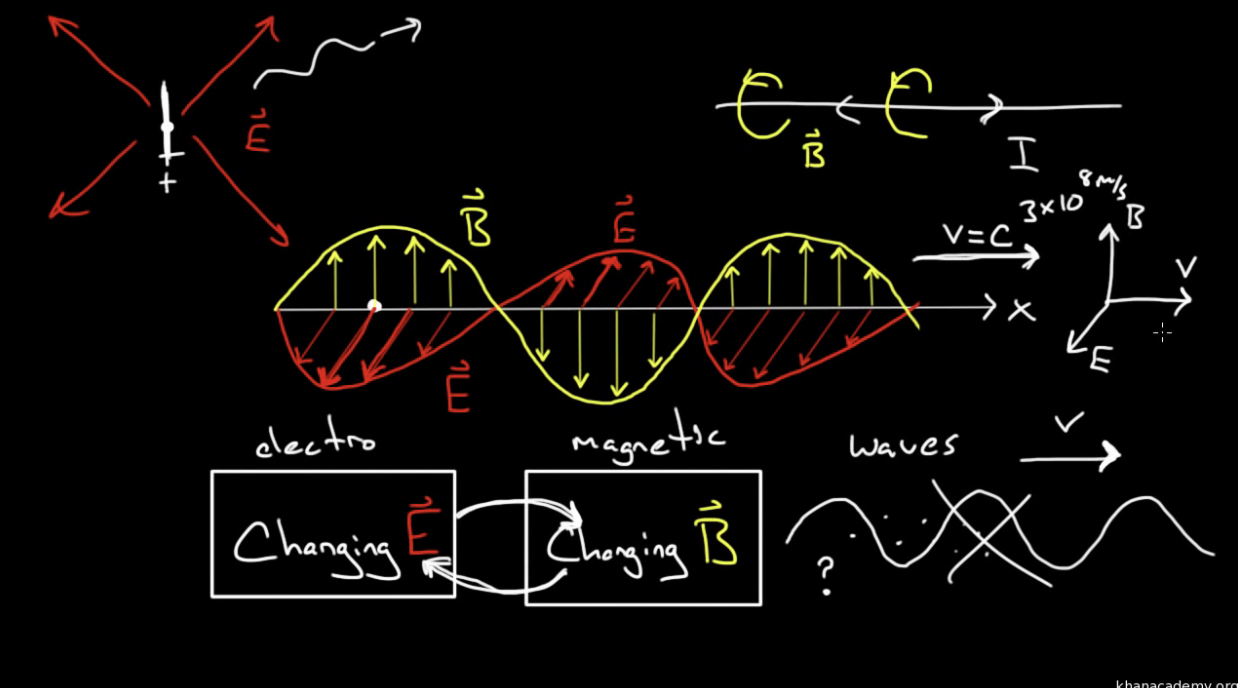Common things you didn’t know about the Electromagnetic spectrum (EM)

Have you’ve ever wondered about the science behind the microwave that heats your food, the visible light coming from the lamp in your house, the radio waves that emanate from a radio station, and many other technologies that you use every day?
Well, all these technologies work on the basis of the electromagnetic (EM) spectrum – the range of all types of electromagnetic radiation according to wavelength or frequency. Of course, this is a very shallow definition of this scientific concept. So, let’s dive deeper into what is EM spectrum and how do we use it every day without even knowing it.
The EM Spectrum Simplified
As mentioned earlier, the EM spectrum is the entire distribution of EM radiation depending on the wavelength and frequency. While all EM waves travel at the speed of light in a vacuum, they do it at a broad range of wavelengths, frequencies, and photon energies. The EM spectrum also comprises several subranges that are commonly known as portions, like ultraviolet radiation or visible light. The different portions also have different names depending on the differences in behavior in the transmission, emission, absorption of corresponding waves, as well as their varying practical applications.
What are the Practical Applications of the EM Spectrum?
The entire EM spectrum, from the lowest to the highest frequency or the longest to the shortest wavelength comprises all radio waves (radio, TV, radar, and microwaves), infrared radiation, visible light, UV radiation, X-rays, and gamma rays. Here’s an overview of how the electromagnetic spectrum is produced and some of its common everyday applications. In the simplest sense, the EM radiation along the EM spectrum is generated when an electric field accelerates an atomic particle and causes it to move. The subsequent movement generates oscillating magnetic and electric fields that travel at right angles to each other in a packet of light energy known as a photon.
◠Radio Waves – have numerous applications in communications such as radio and TV. Radio waves are transmitted easily through the air and they can be reflected to alter their direction without causing any damage if absorbed by the human body. Consequently, these properties make them perfect for communications.
◠Microwaves – are used for satellite communications because high-frequency microwaves can pass easily through the atmosphere and in cooking as high-frequency microwaves can be easily absorbed by food molecules.
◠Infrared light – has many applications such as electric heaters, cookers, as well as infrared cameras that can detect people in the dark.
◠Visible light – is the light you can see. It is also used in fiber optic communications where coded pulses of light pass through glass fibers from a source to a receiver.
◠UV Radiation – is used to kill bacteria in the water to sterilize the water and make it safe for human consumption.
◠X-rays – are used in medical imaging to detect bone fractures, calcifications like vascular calcifications and kidney stones, infections like pneumonia, some tumors, dental problems, bone loss, and arthritis in joints.
◠Gamma rays – are used in medicine (radiotherapy), and in industrial disinfection and sterilization as well as the nuclear industry.
◠Security Measures. Although not exactly a “practical application,†the EM spectrum is an incredibly useful tool in the fight against crime and terrorism. Security experts have the ability to spy on criminals and terrorists without them even knowing, detect credit card fraud before it happens, or even locate dangers and hazards before they explode. It may be the most useful tool that today’s private investigators have at their disposal.
â— When commercial air travel first began, planes were frequently left to their own devices, where the pilots would essentially figure out where they were and where they wanted to go using nothing more than a compass and a map. Although this was somewhat effective, it was extremely dangerous and many planes ended up crashing as a result of poor navigation. Today, our airplanes are guided by radar that uses the EM spectrum to prevent such accidents from occurring.
In a nutshell, you know more about the EM spectrum and its practical applications in everyday life than you probably think. These are just some of the common applications that you encounter on the EM spectrum in your day-to-day life.





